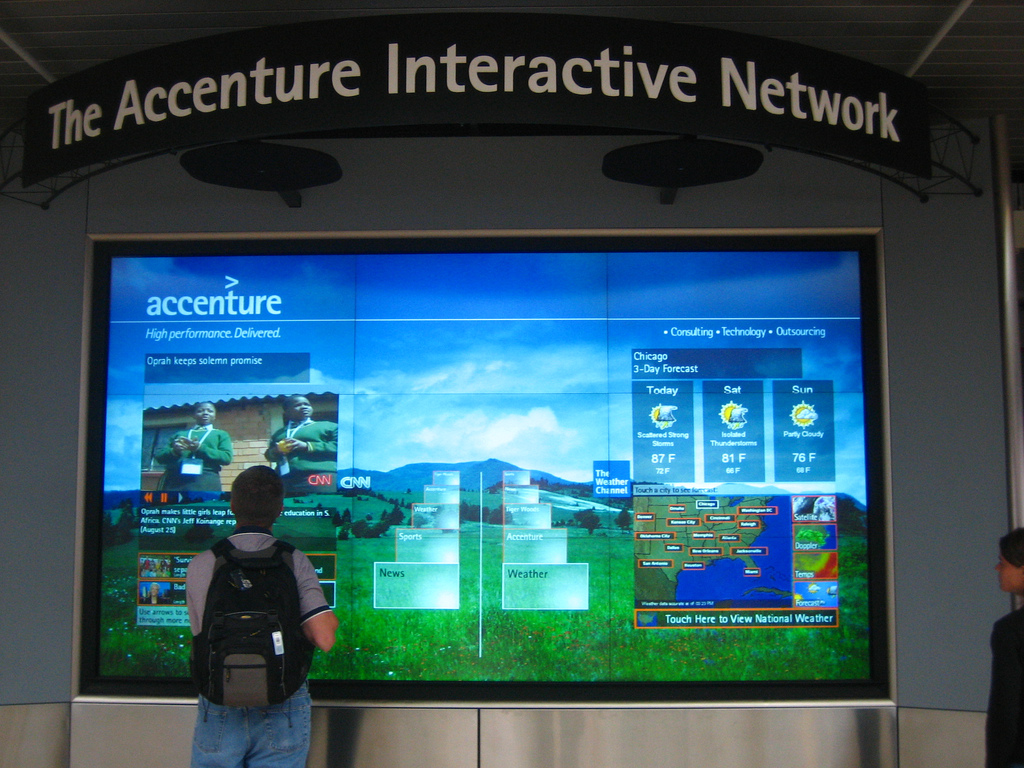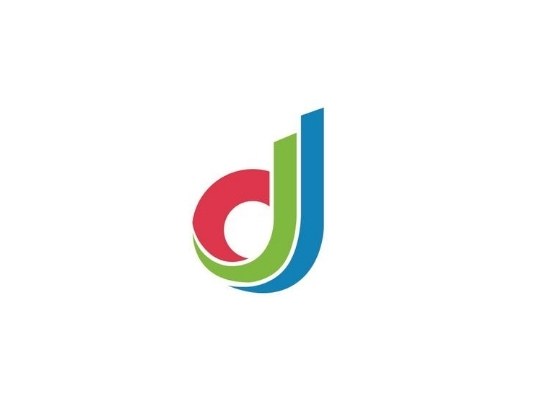
Digital signage is entering a new phase of interactivity, driven largely by digital-native millennials. It is familiar to them, mostly because of their prolific use of mobile technology.
“Interactivity is quick, which is good for those on the go. Not only is it familiar and intuitive, but it offers speed of information gathering. It cuts out the middle man,” explained Todd Mores, director of emerging technologies at Peerless-AV. He presented the benefits of interactive technology and how it applies to outdoor environments during the recent Digital Signage Expo in Las Vegas.

Todd Mares, Peerless-AV
Cutting out the middle man, Mores adds, equals a quicker ROI and additional revenue from ads.
Interactive technology is being in a variety of applications, including:
- Digital signage, to create a compelling brand experience
- Corporate users, to drive productivity and brands
- Hospitality industry – self-service kiosks are now deployed at more than 50 percent of locations
“Why interactive for our client? It allows for more direct marketing and interactivity for the end user,” Mores said. “Content can be tailored to what the individual expresses interest in, such as wayfinding at airports or in malls; sales, such as at a big box retailer; or special purposes, such as a photo or ticketing kiosk.”
Technology options for interactivity in an outdoor environment include infrared and projective capacitance.
Infrared vs. PC
Infrared is the less expensive option of the two. It also provides excellent optical clarity with no need for an additional cover glass.
“(Infrared) allows us to see an image without distraction,” Mores said. “The drawbacks are it could create false touch effects in direct sunlight.”
Conversely, the technology for projective capacitance is more complex and evolved, but it’s better for larger formats and is faster and more reliable. It translates well for multiple points of touch.
Mores further breaks down the advantages and disadvantages of both:
Advantages of infrared touch overlays
- Withstands severe environments
- Adjusts to changing light conditions, including direct sunlight
- May be more appropriate for shaded areas
- Stable/no drift calibration performance due to HID compliancy
- Standard mouse driver, no external drivers needed
- Idea for rugged applications
- Sealable to contaminants
- Parallax-free performance without added cover
Advantages of projective capacitance
- Multi touch is better for this technology
- Better for larger formats
- Fast and reliable with “excellent” optical clarity
- Long-term stability over large temperature swings
- Doesn’t require shade from sunlight

Example of projective capacitance system .
Mores added that disadvantages of PC include susceptibility to EMI noise; it requires an air gap to avoid interference; and wire traces can be detected in certain instances. It’s also higher cost than infrared and more immune to debris.
There are a handful of scenarios that are especially driving this interactive technology, including multiple points of touch (anywhere from one to 40 points of touch); ambient light immunity, which is needed to work in outdoor environments; and static object rejection, which allows for natural interaction.
The biggest takeaway Mores kept revisiting during his presentation was the force driving the technology – millennial consumers.
“We need to get used to what they’re expecting and this is what they’re expecting,” he said. “They’ve grown up with interactivity.”






